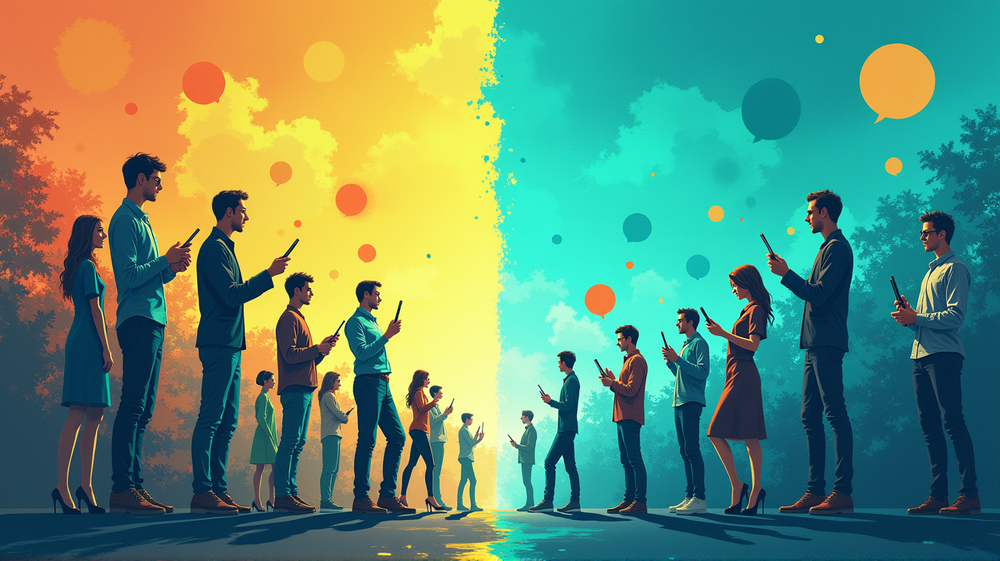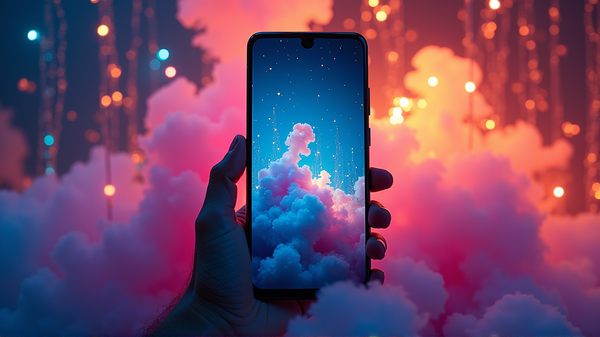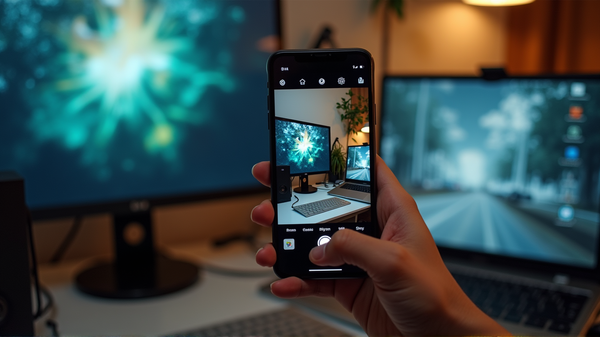Why Apple's Green Texts Could Be Android's Undoing
In today’s increasingly digital-centric world, making connections often begins with a smartphone screen. However, for Android users, this digital initiation may become a formidable challenge.
The Green Text Stigma
Imagine exchanging numbers only to face the dreaded green text bubble—a seemingly harmless detail with significant societal implications. According to a survey conducted in 2024, 23% of iPhone users acknowledged they might reconsider dating someone purely based on their Android ownership.
The Social Isolation Effect
However, this is not confined to the realm of romance. A quarter of Android users report exclusion from group chats—an unsettling phenomenon where technology curiously mirrors cliquish social tendencies. This prejudice stems not from the fundamental technology but from the intentional design of Apple’s messaging system.
Inside Apple’s Strategy
Though often invisible to the everyday user, Apple has embedded strategic features to bolster its position. The tech giant marks Android messages with distinct green bubbles and intentionally reduces the quality of multimedia sharing when cross-platform messaging occurs. These are systemic choices, larger than mere coincidence, intended as leverage to tighten Apple’s market grip, casting a shadow over Android’s potential.
Antitrust Allegations
Therefore, it’s logical that Apple’s antics are presently under the Department of Justice’s scrutiny in a broader antitrust investigation. This exploration focuses not on whether Apple has monopolized the smartphone market but rather on how these subtle nudges impact consumer choice, placing moral weight on Apple’s operating procedures.
Unveiling Perception Reality
Tim Cook, CEO, succinctly epitomized Apple’s unyielding stance, replying to compatibility inquiries with, “Buy your mom an iPhone.” This reflects a pervasive sentiment among iPhone users—a notion that Androids epitomize inferiority, despite many models rivaling iPhones in both price and quality.
A Market’s Stifled Growth
Fewer Androids means diminished innovation and inflated prices for all, essentially chaining consumers in a cycle. If this systemic bias perpetuates, Apple’s unchallenged dominance could further stagnation over user empowerment, leading us to question whether conveniences outweigh the consequences.
Bridging Competitive Gaps
In an ideal world, a balanced field would invite progression and competitive pricing, prompting Apple to adhere to higher consumer standards. This case raises thought-provoking questions about technological bias and sustainable consumer cultures—questions that perhaps require reassessment from not just Apple but from the consumers enabling this technological tribalism.
In conclusion, while color-coded texts may appear trivial, their repercussions force us to rethink how deeply such technological nuance penetrates social strata, ultimately influencing market trends and personal dynamics. According to The Hofstra Chronicle, fostering awareness could empower consumers to bridge these divides for a healthier market ecosystem.




